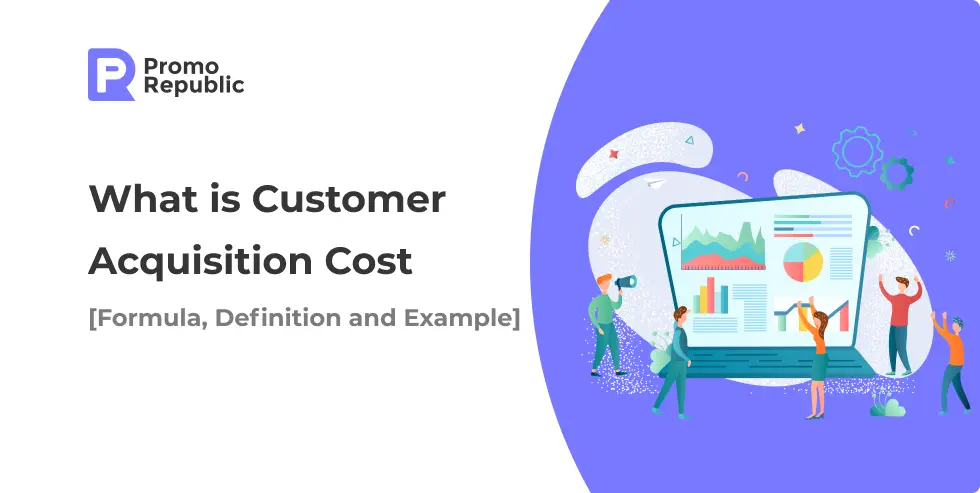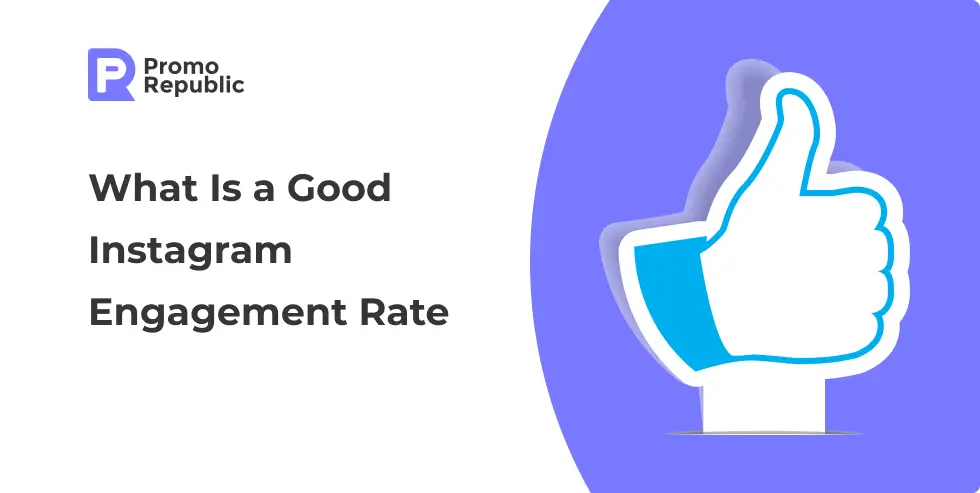What is Customer Acquisition Cost [Formula, Definition and Example]

Content writer and blog editor at PromoRepublic
According to corporatefinanceinstitute.com, the customer acquisition cost is the cost related to acquiring a new customer. In other words, it refers to the resources and costs incurred to acquire one customer. Customer acquisition cost is a key business metric that is commonly used with the customer lifetime value metric to measure the value generated by a new customer.
It also helps measure the return on investment of efforts to grow clientele. Customer acquisition cost is calculated by adding the costs associated with converting prospects into customers (marketing, advertising, sales personnel, and more) and dividing that amount by the number of customers acquired.
So, the formula looks like this:

Where:
- Sales and marketing expenses are the advertising and marketing spend, commissions and bonuses paid, salaries of marketers and sales managers, and overhead costs related to sales and marketing over the measurement period.
- Number of new customers is the total number of acquired customers over the measurement period.
For example, If your company spent $1,000 on marketing in a month, and acquired 500 new customers, the customer acquisition cost for the month would be $2 because $1000 divided by 500 customers equals $2 per customer.
If the company brought in 250 customers, their customer acquisition cost would be twice as high, or $4, because they spent the same amount of money and brought in half the number of new customers.
The formula is pretty simple, but the problem is that adding up total expenditures can take a lot of factors into account. Including the cost of multiple marketing strategies and staff salaries.
Understanding customer acquisition cost provides a business with the ability to fully analyze the value per customer and improve its profit margins.
If a company ignores customer acquisition cost statistics, it will not be able to find the optimal approach to marketing and advertising, increase the flow of customers, reduce their cost, increase the profitability and efficiency of the business as a whole.





